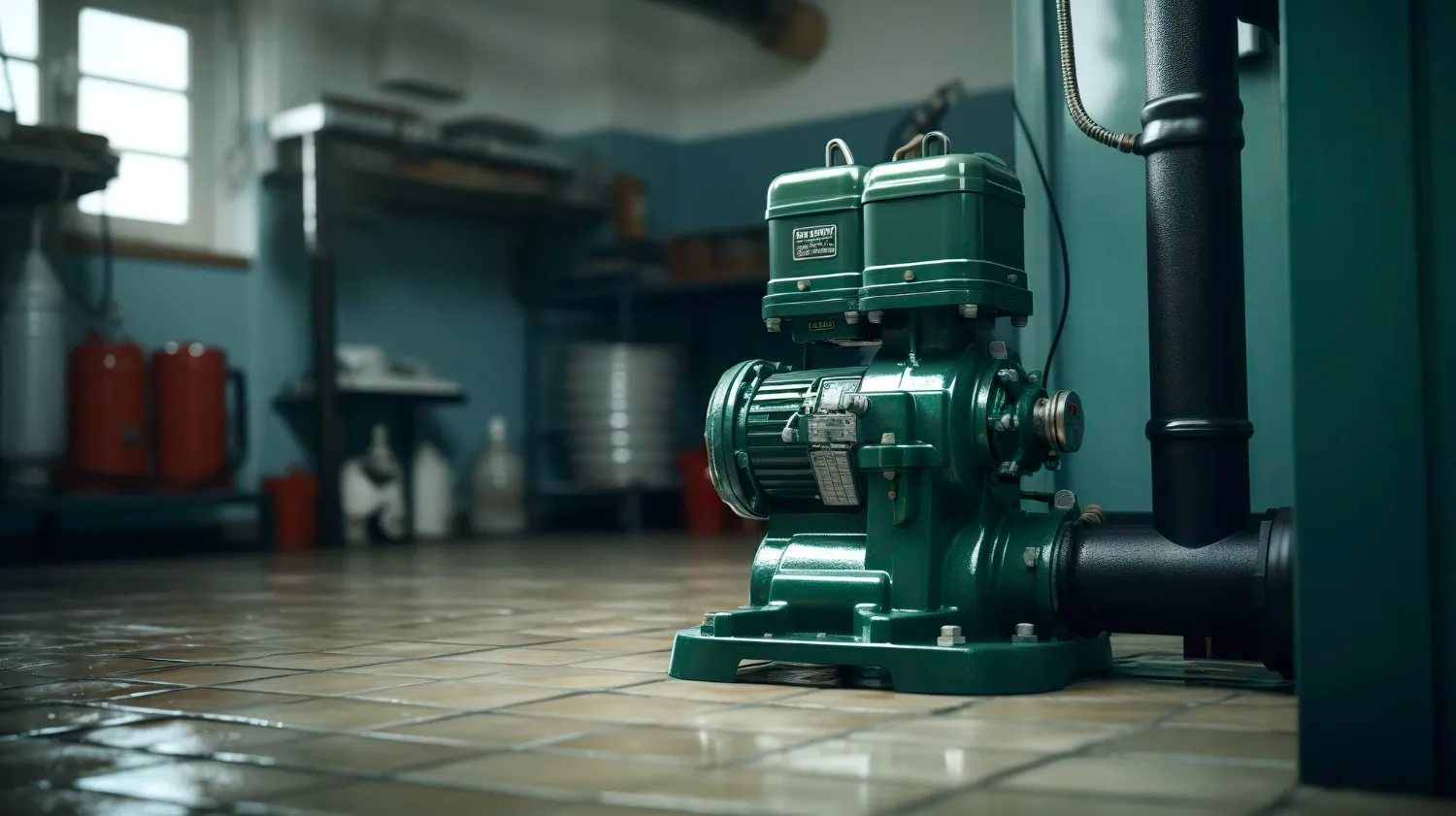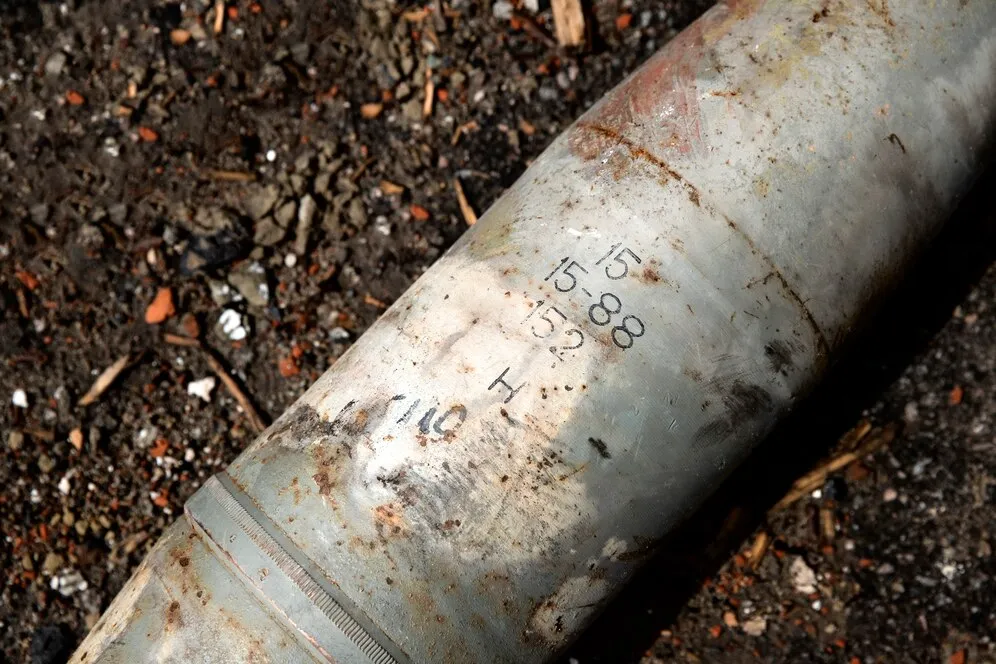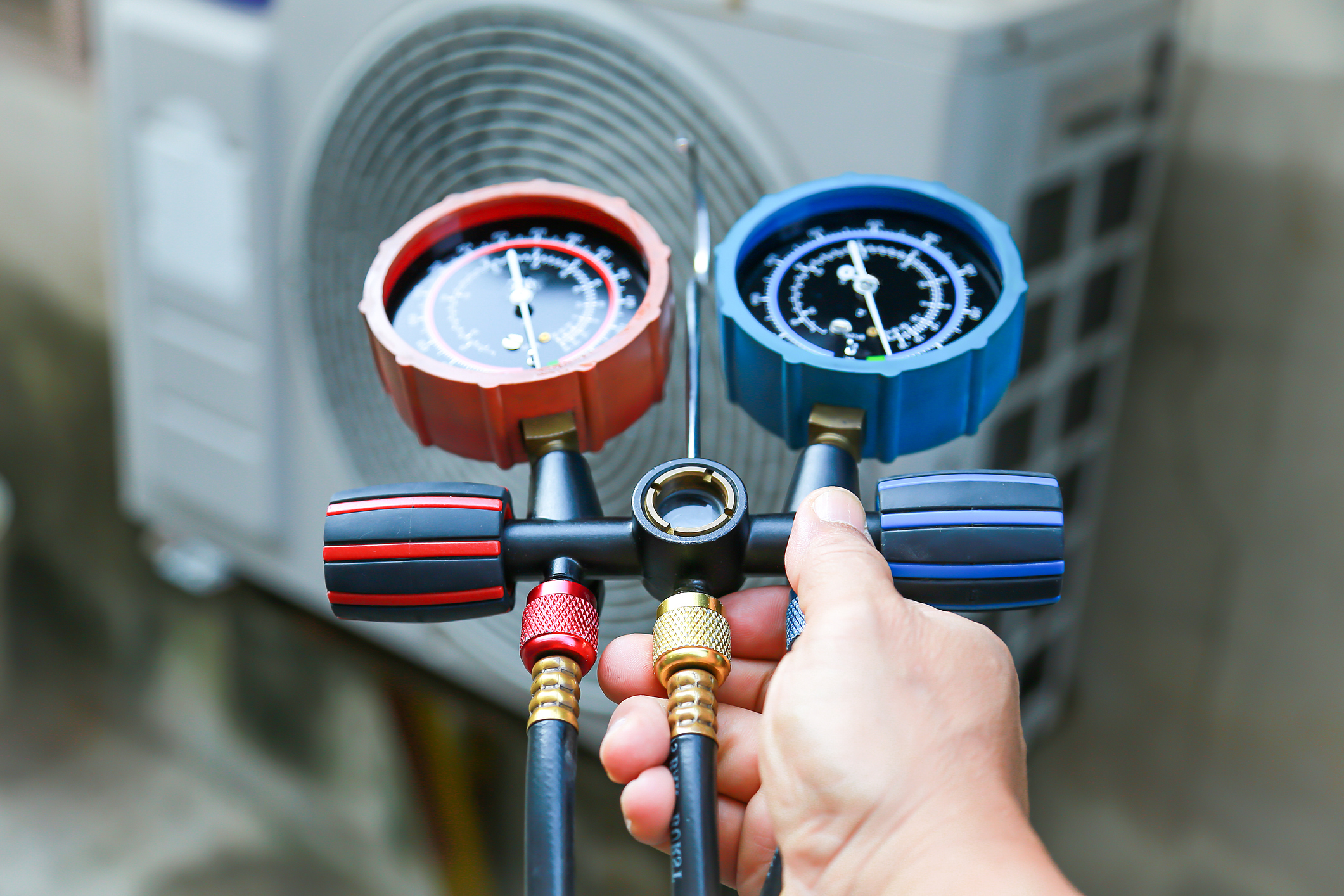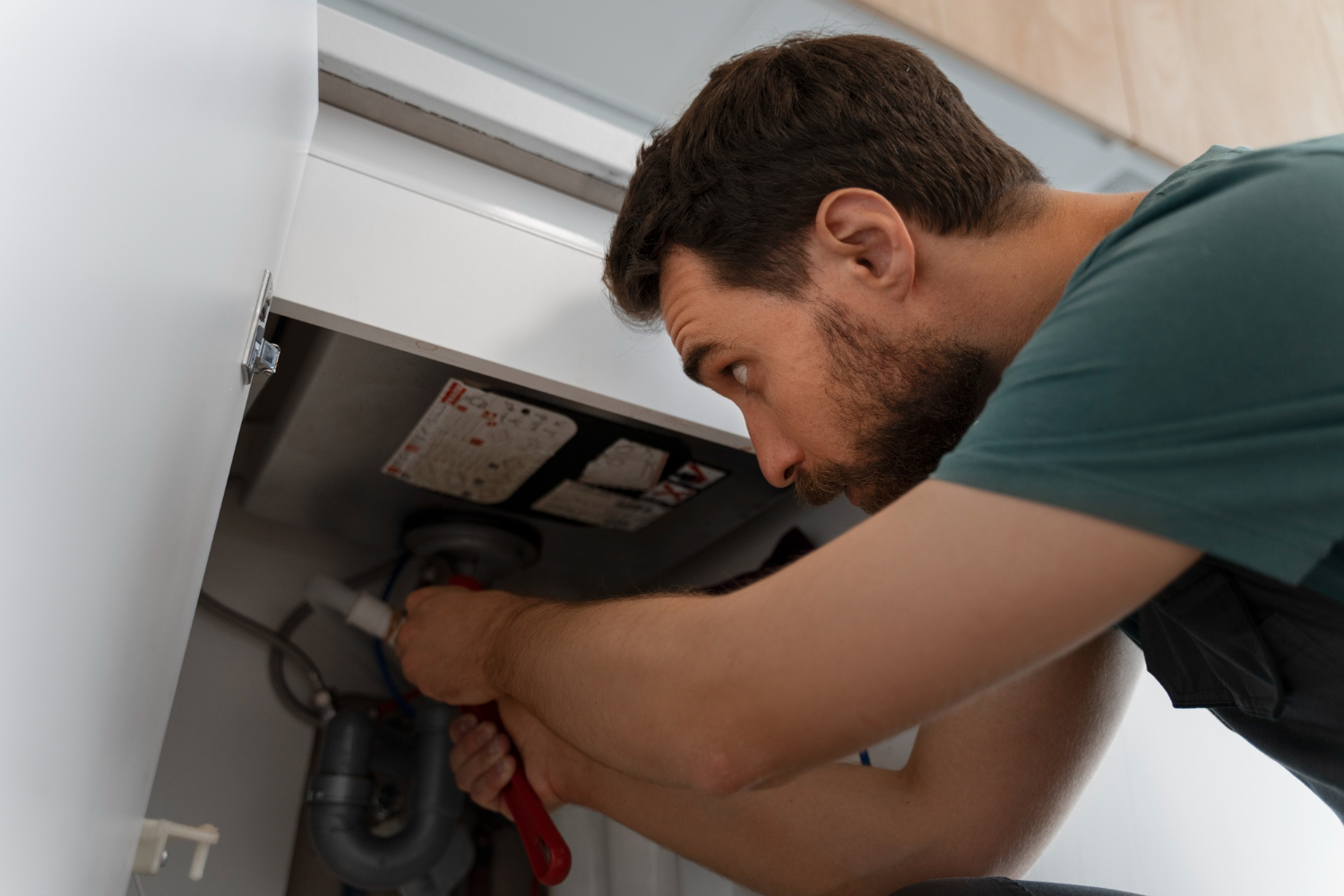Winter can bring many challenges to homeowners, particularly concerning basement flooding. Snow and ice can melt quickly, leading to basement moisture problems. A functional sump pump is essential to safeguard your home during these colder months. Without a reliable sump pump, you risk water damage that can be costly to repair.
Importance of Sump Pumps for Basement Protection in Winter
Sump pumps are essential for maintaining a dry basement during winter. As snow and ice melt, water can seep into basements, especially in homes with poor drainage. A sump pump efficiently removes this water, preventing flooding and damage.
- Flood Prevention: By pumping out excess water, sump pumps prevent basement flooding that can lead to mold, mildew, and structural damage.
- Property Protection: A dry basement safeguards your personal belongings, such as furniture, electronics, and family heirlooms, from water damage.
- Health Benefits: Preventing mold and mildew growth creates a healthier living environment, reducing the risk of respiratory issues.
Regular maintenance ensures your sump pump functions correctly, offering peace of mind during winter months.
How Sump Pumps Work?
Sump pumps are designed to remove water from basements and crawl spaces efficiently. Here’s how they operate:
- Pit Installation: A sump pump is installed in a specially dug pit (sump basin) in your basement. This pit collects excess water.
- Activation: When the water level in the pit rises to a certain point, a float switch activates the sump pump.
- Water Removal: The pump then draws water out of the pit and directs it away from the house through a discharge pipe.
- Shutoff: Once the water level drops, the float switch turns off the pump until water collects again.
Understanding this process helps homeowners grasp the necessity of keeping their sump pump in working condition.
Types of Sump Pumps for Basements
Several types of sump pumps are available, each with specific features suitable for different needs. Here are the main types:
- Pedestal Sump Pumps: These have the motor mounted above the pit, making maintenance easy. They are ideal for smaller pits but can be noisier.
- Submersible Sump Pumps: These pumps sit inside the pit and are submerged in water, providing quieter operation. They are best for larger volumes of water.
- Battery Backup Sump Pumps: These pumps provide a secondary system that operates when the primary pump fails or during power outages. They offer added security.
- Water-Powered Sump Pumps: These pumps use water pressure from your home’s water supply to remove water from the pit. They are beneficial during power failures but require consistent water pressure.
Selecting the right type depends on your specific needs, basement size, and potential water exposure.
Common Issues with Sump Pumps in Winter
Winter can pose several challenges for sump pumps. Understanding these issues can help in preventing unexpected failures.
- Frozen Discharge Lines: The discharge pipe can freeze in low temperatures, preventing water from being expelled and causing backups.
- Overworking: Melting snow and ice can lead to excessive water, causing the pump to overwork and eventually burn out.
- Power Outages: Winter storms often cause power outages. Without power, the sump pump cannot function, leading to possible flooding.
- Debris Clogs: Ice and debris can accumulate in the sump pit or discharge pipe, obstructing water flow and damaging the pump.
Addressing these issues early ensures your sump pump remains operational throughout winter, protecting your home from water damage.
Preventative Maintenance Tips for Sump Pumps
Regular maintenance keeps your sump pump in top shape, ensuring it works when you need it most. Follow these tips to maintain your sump pump:
- Check the Power Source: Ensure your sump pump is plugged into a working outlet and connected to a reliable power source. Inspect the cord for any damage.
- Clean the Sump Pit: Remove debris and dirt from the sump pit to prevent clogs. This helps the pump operate more efficiently and reduces wear.
- Test the Float Switch: The float switch activates the sump pump when water levels rise. Lift the float to test it and ensure it moves freely without any obstructions.
- Inspect the Discharge Pipe: Make sure the discharge line is clear and directs water away from your home’s foundation. Check for any blockages or freezes, especially in winter.
- Examine the Check Valve: The check valve prevents water from flowing back into the pit. Ensure it’s functioning correctly and replace it if needed.
- Listen for Unusual Noises: Strange sounds can indicate a problem. If you hear any grinding or rattling, contact our professionals for an inspection.
Regularly following these maintenance tips ensures your sump pump remains reliable, protecting your basement from potential flooding.
Step-by-Step Guide to Testing Your Sump Pump
Testing your sump pump ensures it’s operational before you need it. Here’s a step-by-step guide to test your sump pump:
- Unplug and Inspect: Unplug the pump and visually inspect it for any visible damage or debris. Clean the sump pit if necessary.
- Fill the Sump Pit: Fill the pit with water using a bucket or hose. This will simulate rising water levels and trigger the sump pump to activate.
- Observe the Float Switch: As the water level rises, observe the float switch. It should lift and trigger the pump. Make sure it moves freely without any obstructions.
- Check the Pump Operation: Once activated, the pump should quickly drain the water from the pit. Listen for smooth operation without any unusual noises.
- Inspect the Discharge Line: Ensure that water is being expelled through the discharge line and it’s directed away from your home. Look for any leaks or blockages.
- Plug Back In: After testing, plug the pump back in and reset any alarms.
Regularly testing your sump pump this way ensures it functions correctly, providing peace of mind during heavy rain or snowmelt.
DIY Troubleshooting for Sump Pump Problems
Encountering issues with your sump pump can be frustrating, but many problems can be resolved with a few troubleshooting steps. Here are common issues and solutions:
- Pump Not Turning On: Check if the sump pump is plugged in and receiving power. Inspect the circuit breaker for any tripped switches.
- Float Switch Issues: If the float switch is stuck or obstructed, the pump may not activate. Ensure the float moves freely and isn’t tangled.
- Clogged Discharge Line: Ice, debris, or sediment can block the discharge line. Clear the line and ensure it’s free of obstructions.
- Strange Noises: Grinding or rattling noises can indicate mechanical issues. Check for debris in the sump pit or contact our professionals for an inspection.
- Pump Running Continuously: A pump that won’t shut off could have a stuck float switch or a faulty check valve. Inspect and replace these components if necessary.
- Water Not Draining Properly: If the pump runs but water remains in the pit, check the discharge line and valve for clogs or damage.
These troubleshooting steps can resolve many common issues, ensuring your sump pump operates efficiently.
How to Protect Your Sump Pump from Freezing?
Winter months can be harsh on sump pumps, leading to frozen components. Here’s how to protect your sump pump from freezing:
- Insulate the Discharge Line: Wrap the discharge line with foam insulation to prevent it from freezing. Ensure the line is buried below the frost line to provide additional protection.
- Direct Water Flow: Ensure the discharge line directs water away from the foundation and doesn’t pool near the property, reducing the risk of freezing.
- Use a Heat Cable: Install a heat cable along the discharge line to keep it warm during colder months. This prevents ice from forming inside the pipe.
- Check Sump Pump Cover: Ensure the sump pit has a cover to keep out debris and cold air. A proper cover also prevents water from collecting and freezing in the pit.
- Maintain Regular Operation: Occasionally run the sump pump during winter to ensure it remains functional. Moving parts are less likely to freeze when in use.
- Backup Power Source: Winter storms can cause power outages, leaving your sump pump inoperable. Consider installing a backup power source like a battery backup system.
Taking these measures ensures your sump pump operates without issues during winter, protecting your basement from potential water damage.
Signs You Need a New Sump Pump?
Recognizing the signs that you need a new sump pump helps prevent basement flooding and water damage.
Common Indicators:
- Frequent Cycling: If the sump pump turns on and off frequently, it may be a sign of wear or malfunction.
- Excessive Noise: Unusual noises such as grinding, rattling, or clanking indicate that internal components may be failing.
- Visible Rust or Corrosion: Rust or corrosion on the pump body or parts signifies aging and possible deterioration.
Performance Issues:
- Ineffective Operation: If the sump pump fails to remove water efficiently, it might be time for a replacement.
- Constant Running: A sump pump that runs continuously, even when the basin is empty, usually has a malfunctioning switch or other internal problems.
Age Consideration:
- Pump Age: Sump pumps typically last about 7-10 years. If your pump is within this age range and showing signs of wear, consider replacing it.
When to Call Our Professionals for Sump Pump Repair or Replacement?
Knowing when to call our professionals for sump pump repair or replacement ensures your system remains effective in protecting your basement.
Urgent Situations:
- Flooded Basement: A sudden basement flood, despite having a working sump pump, requires immediate professional attention to prevent further damage.
- Persistent Problems: Continuous issues such as frequent cycling, noise, or ineffective water removal indicate deeper problems best handled by our professionals.
Scheduled Maintenance:
- Annual Inspections: Regular inspections by our professionals help identify potential problems before they become serious, ensuring your sump pump works efficiently.
- Performance Check: If your sump pump’s performance declines, a professional assessment can determine if a repair or replacement is needed.
Benefits of Professional Services:
- Expertise: Our professionals have the expertise to accurately diagnose and repair or replace sump pumps, ensuring effective operation.
- Safety: Professional services ensure safe handling and installation, reducing the risk of injury or further damage.
How EnviroSafe Can Help with Your Sump Pump Needs?
We offer comprehensive services for sump pump repair and replacement. Our skilled professionals ensure your system operates efficiently and effectively.
Expert Diagnosis and Repair:
- Thorough Assessment: Our professionals conduct a detailed assessment of your sump pump to diagnose issues accurately.
- Effective Repairs: We use advanced tools and techniques to repair sump pumps, ensuring they function correctly.
Professional Installation:
- Quality Products: We offer high-quality sump pumps and components for long-lasting performance.
- Skilled Installation: Our technicians ensure proper installation, minimizing the risk of future problems.
Maintenance Plans:
- Routine Inspections: Regular inspections and maintenance by our professionals keep your sump pump in top condition.
- Preventive Care: Our maintenance plans include preventive care to avoid major repairs and ensure continuous protection for your basement.
Conclusion
Sump pumps play a crucial role in protecting your basement from flooding, especially during the winter. From installing a backup power source and recognizing signs you need a new pump to knowing when to call our professionals for repair or replacement, each aspect is essential for maintaining an efficient sump pump system. Regular maintenance and timely intervention by our professionals keep your basement dry and safe.
At EnviroSafe Plumbing, Heating, Air Conditioning, Water Treatment, we are dedicated to helping you with all your needs when it comes to sump pumps in Haddonfield. Our technicians provide expert diagnosis, repair, and maintenance to ensure your system operates effectively.
Ready to secure your basement? Contact us today! Let our professionals handle your sump pump repair and replacement needs. Call us now to schedule your service appointment!








